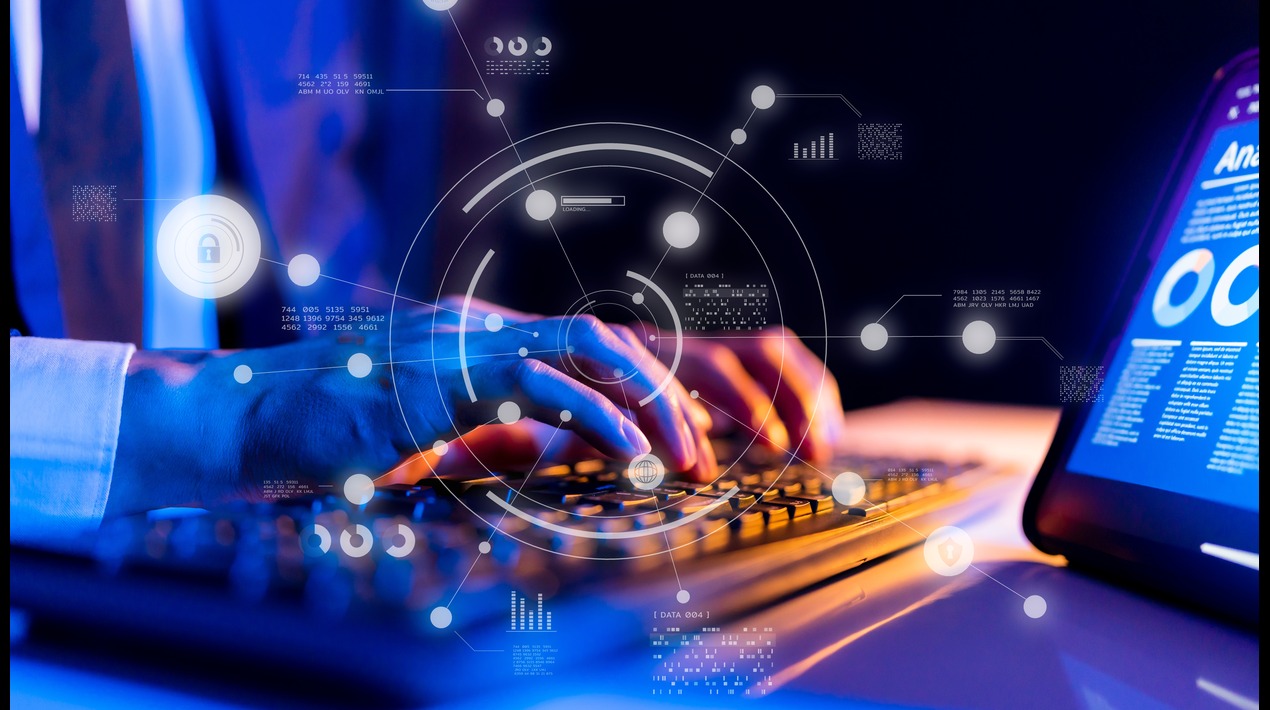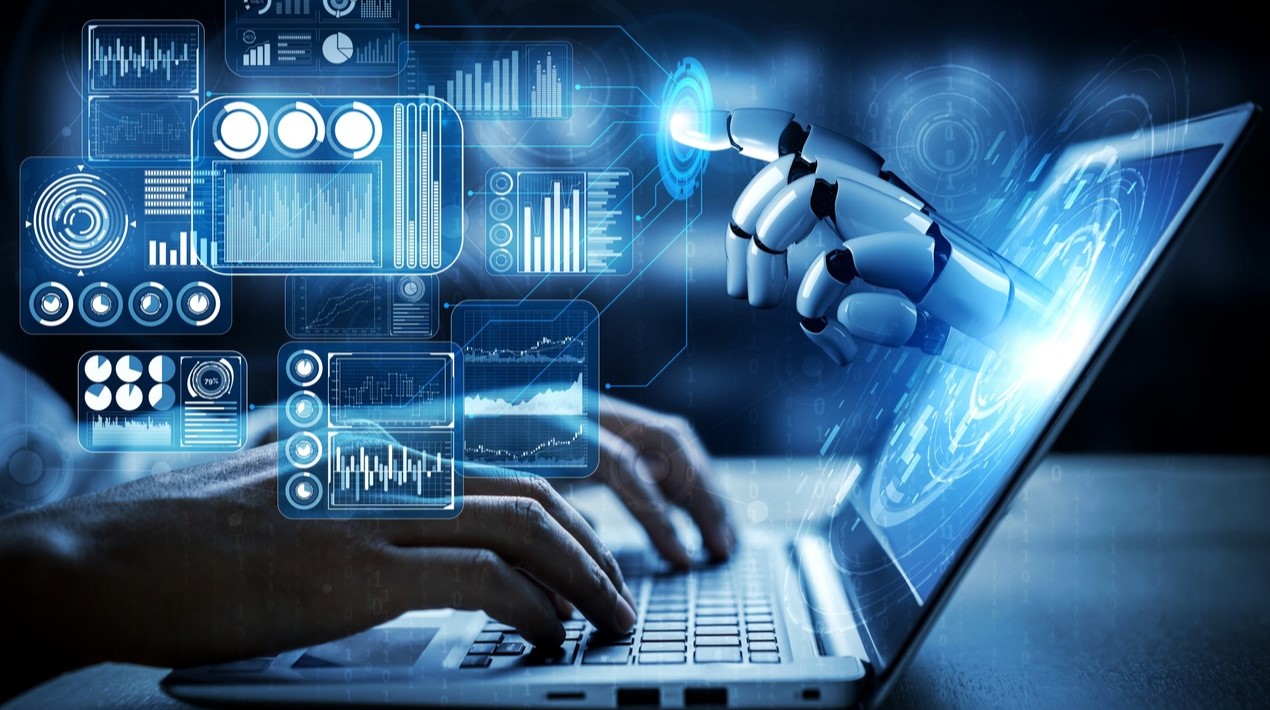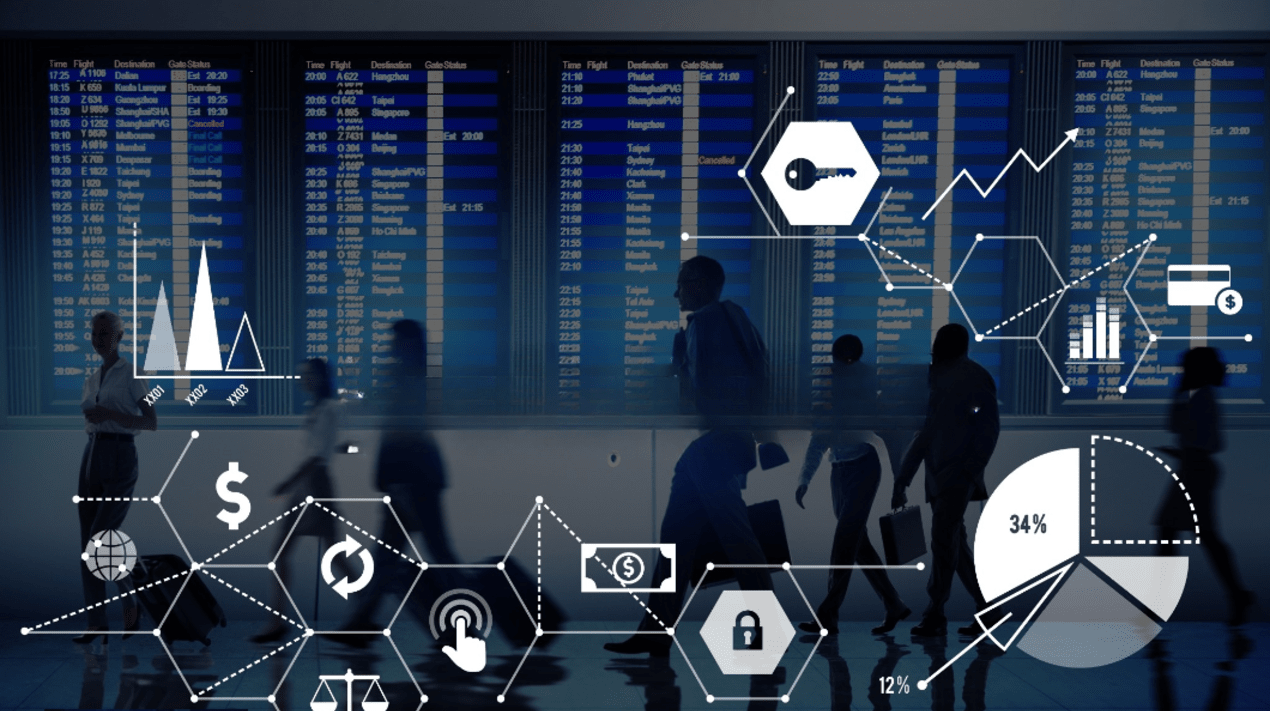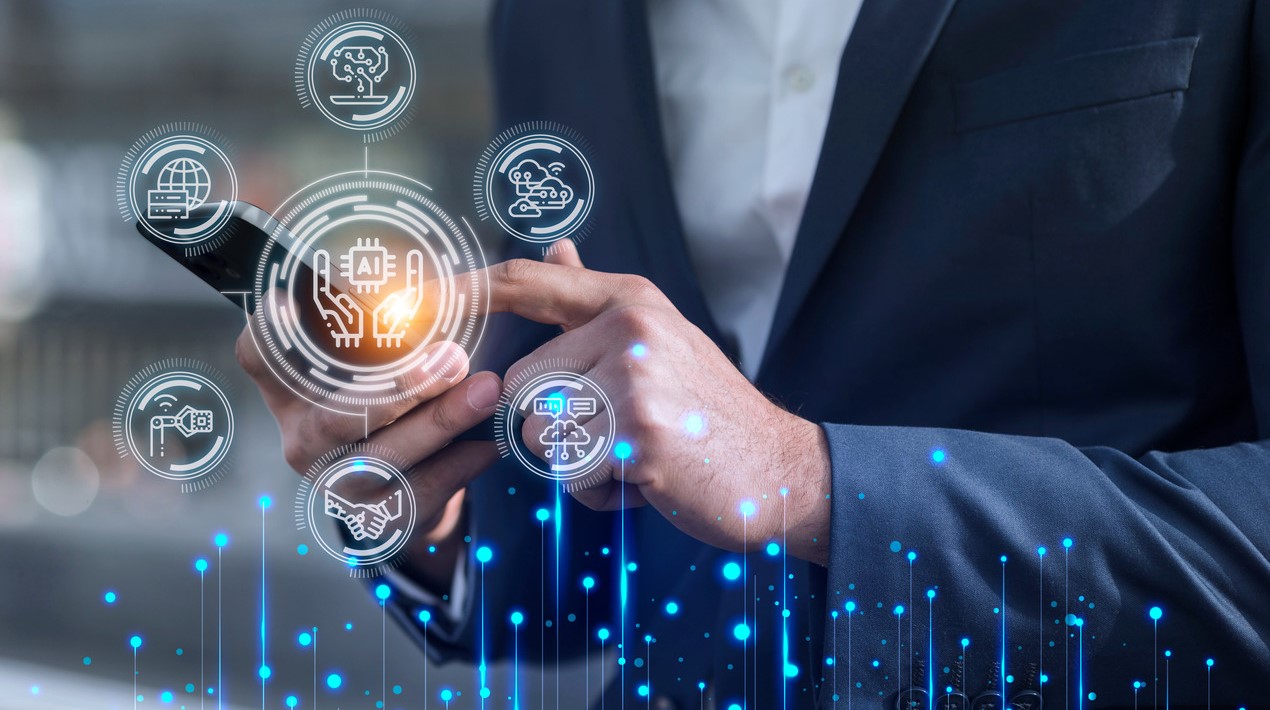
Asia’s technology and internet firms are competing against the region’s traditional banks for consumer finances, hoping to increase competition and drive innovation in their markets, while non-banking companies are keen to enter the finance sector by leveraging their technology and user databases.
There is huge momentum in Asia moving towards digital banks, and some monetary authorities have already issued digital banking licences like Hong Kong and Taiwan. They issued digital banking licences to companies in the first half of 2019. The Monetary Authority of Singapore is at the stage where they are now reviewing applications for digital banking licences and Malaysia is at the beginning of their digital banking transformation journey and is at policy-making stage.
Hong Kong – embracing new era of banking
In March 2019 the Monetary Authority in Hong Kong granted banking licences under the Banking Ordinance to Livi VB Limited, SC Digital Solutions Limited and ZhongAn Virtual Finance Limited, Welab Digital Limited, Ant SME, PingAn OneConnect, Infinium and Insight Fintech for them to operate in the form of a virtual bank.
Mr Norman T.L. Chan, Chief Executive of the HKMA, said in a release last year that “The introduction of virtual banks in Hong Kong is a key pillar supporting Hong Kong’s entry into the Smart Banking Era. It is a major milestone in reinforcing Hong Kong’s position as a premier international financial centre. I believe that virtual banks will not only help drive FinTech and innovation, but also bring about brand new customer experiences and further promote financial inclusion in Hong Kong.”
“As virtual banks will have no physical branches, they will rely on the internet for customer acquisition and for the delivery of banking services. I believe that virtual banks will have to offer innovative and customer-centric services in order to attract customers. Moreover, in targeting the retail public and SMEs as their main client base, virtual banks should help promote financial inclusion in Hong Kong.”
In total Hong Kong has issued 8 digital banking licences so far.
Taiwan – extra licence issued due to diverse applications
Taiwan issued its first virtual banking licenses to three consortiums led by Taiwan and Japanese investors in July 2019. The island’s Financial Supervisory Commission announced the digital banking licenses were granted to LINE Financial Taiwan, led by Japanese app operator LINE Group and including Taipei Fubon Commercial Bank and Standard Chartered, and to Next Commercial Bank, led by Taiwan telecom operator Chunghwa Telecom. Another license was granted to Rakuten International Commercial Bank, which was operated by Japanese e-commerce firm Rakuten Inc and Taiwan’s IBF Financial Holdings.
The Taiwanese commission said while it had initially planned to give out two new licenses, because the three companies all had different business models and target customers, it had decided to give each of them a licence. They have no further plans to issue further licences.
Philippines – virtual banks launched in 2019
The Philippines officially announced two virtual banking players with the launch of Malaysian CIMB Bank and Dutch lender ING in 2019.
Singapore – reviewing licence applications
The Monetary Authority of Singapore announced yesterday (7 January 2020) as reported by OpenGov that it has received 21 applications for digital bank licences as at the close of application on 31 December 2019. This comprises 7 applications for the digital full bank (DFB) licences, and 14 applications for the digital wholesale bank (DWB) licences.
These new digital banks are in addition to any qualifying subsidiaries that Singapore bank groups may already establish under MAS’ existing regulatory framework for the purposes of operating new business models, including partnerships with non-bank players to conduct digital banking.
Who has submitted their digital banking licence application in Singapore?
Grab and Singtel have confirmed that they applied for a full digital bank licence. Alibaba Group’s fintech arm Ant Financial have also confirmed that they have applied for a wholesale digital bank license. Internet group Sea, formerly known as Garena, is the first applicant to go solo in its bid for a digital full bank licence in Singapore.
Razer is leading a consortium consisting of Sheng Siong Holdings, FWD, LinkSure Global, Insignia Venture Partners and Carro in a bid for a full digital bank license. iFast Corporation confirmed that they have also applied a digital banking license with two Chinese partners namely — Yillion Group and Hande Group.
The BEYOND consortium announced on Sunday their bid for a full digital banking license in Singapore which consists of V3 Group, EZ-Link, Far East Organisation, Singapore Business Federation, Sumitomo Insurance Co Ltd and Temasek’s subsidiary Heliconia Capital Management.
Supply chain finance company Sheng Ye Capital, financial conglomerate Phillip Capital and AI-focused fintech firm Advance AI’s announced that they are also bidding for a wholesale digital banking license in Singapore. AMTD led consortium consisting of Xiaomi, SP Group and Funding Societies announced that they too are bidding for a digital wholesale banking license.
MAS will announce the successful applicants in June 2020. Successful applicants are expected to commence business by mid-2021.
Malaysia – preparing licence application policy
BNM will only open the application process for digital banks after it releases a finalized Policy Document within the first half of 2020.
Bank Negara Malaysia issued an Exposure Draft on Licensing Framework for Digital Banks on the 27 December 2019. This framework forms part of a series of measures adopted by the Bank to enable innovative application of technology in the financial sector. Up to five licences will be issued to qualified applicants to establish digital banks to conduct either conventional or Islamic banking business in Malaysia.
The Exposure Draft outlines the proposed framework for the licensing of digital banks to offer banking products and services to address market gaps in the underserved and unserved segments.
As reported by OpenGov in December last year, the Bank said in a statement that such digital banks are expected to offer meaningful access to and promote responsible usage of suitable and affordable financial solutions to financial consumers
The Bank will assess all feedback received and aims to finalise the Policy Document by the first half of 2020. Applications for licence will be open upon issuance of the Policy Document.
It is thought that the rollout of Digital banks will lead to greater operational efficiency and make banking more customer-centric. Digital banks will be able to offer banking products and services to address market gaps in the underserved and unserved segments. 2020 is set to mark the beginning of a new era of banking in Asia.



















